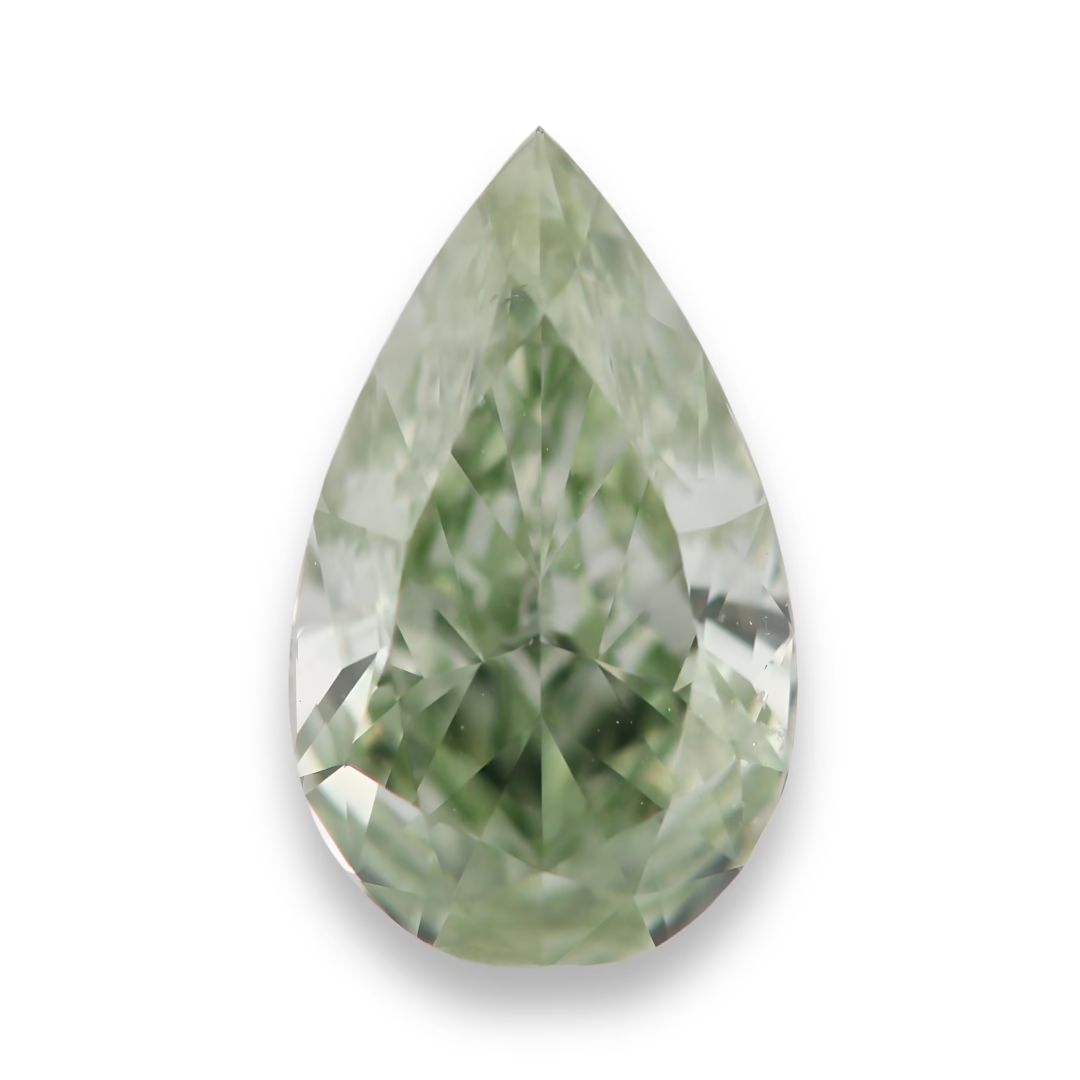Blue diamonds are renowned for their exquisite beauty, rarity, and fascinating geological origins. However, these remarkable gemstones possess an even more intriguing and less-known quality – their ability to conduct electricity. Unlike traditional diamonds, which are generally insulators, blue diamonds exhibit unique electrical conductivity that has puzzled scientists and gemologists alike. In this article, we delve into the world of blue diamonds and explore the remarkable material within them that allows them to conduct electricity.
The Mystery of Electrical Conductivity in Blue Diamonds
Electricity and gemstones are not typically associated with each other, but blue diamonds break this convention with their unusual conductive properties. This phenomenon was first observed in the Hope Diamond, a world-famous blue diamond that has captivated the imagination of many.
The secret to this conductivity lies in the diamond’s atomic structure. Blue diamonds owe their striking blue color to the presence of trace elements, particularly boron, which replaces some carbon atoms within the crystal lattice. This substitution of boron atoms gives rise to a surplus of electrons in the diamond, creating what is known as “p-type” semiconductivity. In simple terms, blue diamonds have an excess of positively charged “holes” and mobile electrons, allowing them to conduct electricity to a limited extent.

The Unique Material: Boron-Doped Diamonds
The key to blue diamonds‘ electrical conductivity is the incorporation of boron atoms within their crystal structure. Boron-doped diamonds are distinct from other diamonds, which are typically pure carbon lattice structures. The presence of boron imparts extraordinary properties to these gemstones:
- Color Formation: Boron impurities are responsible for the blue coloration of blue diamonds. When boron atoms replace carbon atoms in the diamond lattice, they absorb specific wavelengths of light, resulting in the blue hue.
- Electrical Conductivity: The presence of boron atoms creates charge carriers within the diamond lattice. These carriers enable the flow of electricity through the gemstone, making it a rare example of a natural semiconductor.
- Rare and Valuable: The combination of a stunning blue color and electrical conductivity makes boron-doped diamonds exceptionally rare and highly prized by collectors and investors.
Applications of Conductive Blue Diamonds
While blue diamonds’ primary value lies in their beauty and rarity, their electrical conductivity has found niche applications in various fields:
- Scientific Research: Blue diamonds are used in high-pressure experiments to study the properties of materials under extreme conditions. Their electrical conductivity is essential in such experiments.
- Quantum Computing: Researchers are exploring the potential use of diamond-based quantum computers, leveraging the unique properties of conductive diamonds, including their ability to house nitrogen-vacancy (NV) centers, which can be harnessed for quantum information processing.
- Electronics: Blue diamonds could find applications in specialized electronic components due to their unique electrical properties.
Conclusion
Blue diamonds, with their captivating beauty and electric charm, continue to be objects of fascination and scientific inquiry. Their unique electrical conductivity, driven by the presence of boron within their crystal lattice, sets them apart from other gemstones and opens up exciting possibilities for scientific research and technology. As we delve deeper into the mysteries of blue diamonds, their allure only continues to grow, making them not only exquisite gemstones but also enigmatic materials that spark curiosity and innovation.



